Chinese Aerospace Power
Naval Institute Press
291 Wood Road
Annapolis, MD 21402
This eBook has been brought to publication with the generous assistance of Capt. Edward A. Studzinski, USNR (Ret.)
2011 by The United States Naval Institute
All rights reserved. No part of this book may be reproduced or utilized in any form or by any means, electronic or mechanical, including photocopying and recording, or by any information storage and retrieval system, without permission in writing from the publisher.
First Naval Institute Press eBook edition published 2012.
ISBN 978-1-61251-154-2
The Library of Congress has catalogued the hardcover edition as follows:
Chinese aerospace power : evolving maritime roles / edited by Andrew S. Erickson and Lyle J. Goldstein.
p. cm.
Includes bibliographical references and index.
1. Air-powerChina. 2. SeapowerChina. 3. Aeronautics, MilitaryChina. 4. ChinaMilitary policy. 5. Aerospace engineeringChina. 6. Aerospace industriesChina. I. Erickson, Andrew S. II. Goldstein, Lyle.
UG635.C6C483 2011
359.940951dc22
2011008727
 This paper meets the requirements of ANSI/NISO z39.48-1992 (Permanence of Paper).
This paper meets the requirements of ANSI/NISO z39.48-1992 (Permanence of Paper).
1918171615141312987654321
Contents
Lt. Gen. Daniel P. Leaf, USAF (Ret.) Lyle J. Goldstein |
Andrew S. Erickson Mark A. Stokes and Ian Easton Wayne A. Ulman Kevin Pollpeter |
Anthony J. Mastalir Peter A. Dutton Richard D. Fisher Jr. Garth Hekler |
Dennis J. Blasko Lyle J. Goldstein, Miguel Martinez, and William S. Murray Gabriel Collins, Michael McGauvran, and Timothy White Nan Li and Christopher Weuve Daniel J. Kostecka |
Roger Cliff Kevin Lanzit and David Chen Andrew S. Erickson and Jingdong Yuan Michael S. Chase |
Ron Christman Andrew S. Erickson and David D. Yang Toshi Yoshihara Paul S. Giarra |
Eric Hagt James R. Holmes Larry M. Wortzel Xiaoming Zhang and Sean D. McClung Jeff Hagen Eric A. McVadon |
IT HAS BEEN MORE than thirty years since the United States established formal diplomatic relations with the Peoples Republic of China (PRC), yet those relations remain ambiguous and perplexing. The U.S. government seeks to encourage the PRCs evolution into a responsible stakeholder on the world stage, especially in the Pacific, while the Department of Defense strives to balance military-to-military interaction with the PLA and yet still maintain credible deterrence against Chinas rapidly increasing military capability.
The chapters that follow address the reality of the emergence of the Peoples Liberation Army (and Peoples Liberation Army Navy) as a modern, complex military. They are not intended to assuage either hawks or doves on the controversial issue of China; rather, they provide a broad and objective assessment of Chinese aerospace and maritime power by professional researchers who take their analyses with the utmost seriousness. This is important work.
Is war with China possible? Regrettably, yes. Acknowledging that unfortunate fact and ensuring that the United States is sufficiently prepared to prevent and deter such a conflict is what this volume is about. The most essential work being done today is the broad effort to avoid conflict with the PRC without compromising our national principles. Global economic challenges are daunting, but the threat of a nuclear-enabled Iran and North Korea, or terrorists with weapons of mass destruction, pale in comparison to the potential devastation that might occur if war erupts between the United States and China. Beyond imperiling the survival of Taiwan, war with China would cause broader physical and economic destruction and could very well spiral into a lengthy global conflict.
The surest way to limit that potential is to mature the relationship between the United States and China, which is currently stuck in the molasses of its modern origins. It is an elaborate ballet of protocol and protest, pirouetting around the status of Taiwan. We must find a way beyond the false formalities of our special relationship with the PRC. To build on the hopeful signs of the first year of the Ma Ying-jeou government and PRCTaiwan interaction, I suggest the following: the United States government should stress at every turn that U.S. involvement with Taiwan is good for the PRC. During the government of Chen Shui-bian, U.S. pressure on Chen was key to keeping his actions away from PRC red lines. My experience in dealing with Beijing suggests that a candid and direct approach to diplomacy can yield practical solutions to the delicate problems in U.S.China relations.
Most fundamentally, we should assess PRC military modernization in objective terms for what we know it isa significant build up in capability well beyond defensive requirements. Special attention needs to be focused on Chinas undersea capabilities and also its new prowess in the domain of electronic warfare. Moreover, it is crucial that we avoid the presumption that we can know Beijings intent. We do not know, and we cannot. We must assess the quality of Chinas hand without trying to predict how Beijing will ultimately play its cards. We are duty bound to continuously evaluate the military balance, considerations of readiness and risk, and the potential for engagement and deterrence.
Those who ignore the lessons of history may be condemned to repeat it, but those who turn a blind eye to the realities of the present, for example by underestimating Chinas dramatically enhanced aerospace and maritime power, are assuming irresponsible risks for our nation.
LIEUTENANT GENERAL DANIEL P. LEAF, USAF (RET.)
Lyle J. Goldstein
CHINAS AIRCRAFT CARRIER program is making major waves well before the first ship is completed. Undoubtedly, this development heralds a new era in Chinese national security policy. While the present volume presents substantial new insights on that particular question, its focus is decidedly broader in scope. This book instead aspires to offer a comprehensive survey of Chinese aerospace developments, with a focus particularly on areas of potential strategic significance previously unexplored in Western scholarship. It then seeks to link these developments to the vast maritime battle space of the Asia-Pacific region and consequent implications for the U.S. military, particularly the Navy.
Whether some hypothetical future Chinese expeditionary force operating off Africa a decade or two from now does so under the protective umbrella of carrier aircraft is not without consequence for the global strategic balance. But a relatively simpler set of aerospace systems, from microsatellites to unmanned aerial vehicles to ballistic and cruise missiles, are challenging U.S. maritime dominance in East Asia today. Cumulatively, progress in all major aerospace dimensions by various elements of the Peoples Liberation Army (PLA) heralds a new period in which Chinese forces are now decidedly altering the complexion of the military balance in the East Asian littoral.
Faced with such rapid developments in Chinese aerospace development, the U.S. Naval War Colleges China Maritime Studies Institute (CMSI) assembled a group of technical specialistsU.S. Air Force (USAF) and U.S. Navy operators, and regional experts on1011 December 2008 for its fourth annual conference, Evolving Maritime Roles for Chinese Aerospace Power. Most of the chapters herein were presented initially as papers at that conference, and were subsequently revised substantially to address recent events. A select group of chapters was added to take advantage of the authors cutting-edge knowledge of key subject areas. The chapters are designed to offer a wide range of perspectives because constructive academic dialogue and debate is at the heart of CMSIs analytical philosophy. They may be read sequentially or individually, depending on the readers interest.
Next page



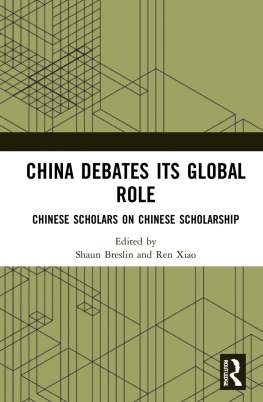
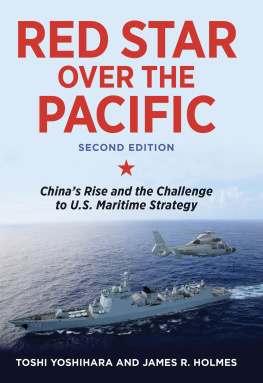
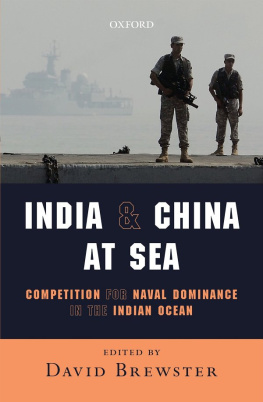
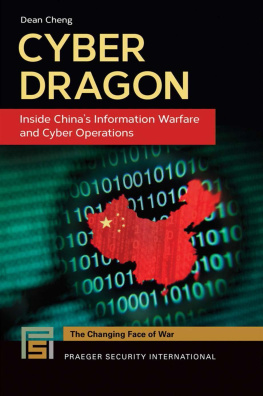
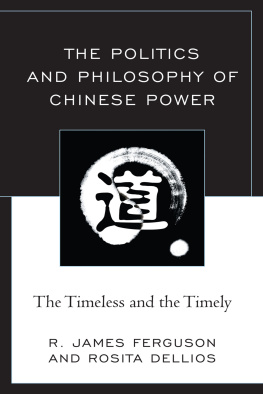
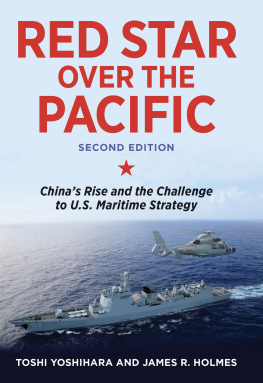

 This paper meets the requirements of ANSI/NISO z39.48-1992 (Permanence of Paper).
This paper meets the requirements of ANSI/NISO z39.48-1992 (Permanence of Paper).